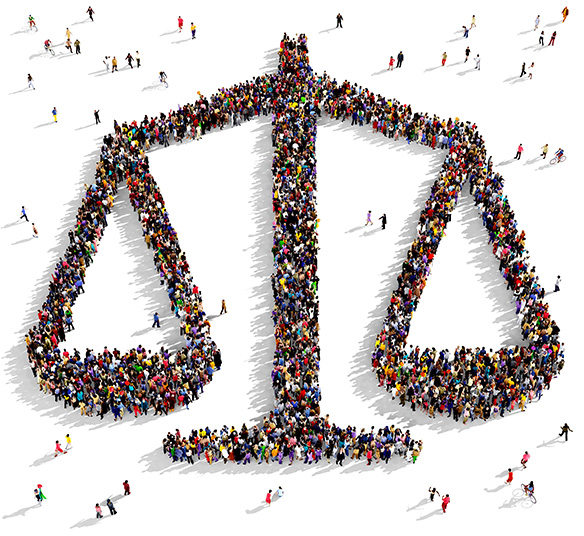In today’s blog, we will explore what leads to EB-2 and EB-3 backlogs and how it affects applicants from large migrant sending countries such as India, China, Mexico and the Philippines. Green card backlog refer to the extended waiting period for the applicant to get hold of their visas, This is mainly because of the limited amount of visas issued per country as well as the per person ceiling.
What is EB-2 and EB-3 visa programmes?
In order to apply for EB-2, foreign workers should have,
- A Master’s degree or doctorate, or
- A bachelor’s degree with five years’ experience in the field with a job offer
- They can be working in business, art or science and have a specialised degree with a job offer
EB-3 on the other hand, is less strict as it does not require Masters degree, doctorate or any specialised knowledge.
However it is important for us to highlight that the benefits of EB-2 outweighs that of EB-3 for Indians.
The wait time for the applicants is 10 years or more for USA visa availability. There is a backlog for applicants from certain countries. EB-3 consists of skilled and unskilled workers as well as professionals with 2 years’ experience and there is no petition for that visa.
What contributes to the green card backlog?
Countries such as India, China, Mexico and the Philippines are affected by the numerical and per person ceiling. Each category (EB-2 and EB-3) has a limited amount of visas that can be issued each year. It’s also important to highlight that the number of visas can be spilled over through other categories, thereby extending the waiting time for the applicant.
In 2019, the average green card recipient from India in EB-2 and EB-3 category waited for more than 10 years while those from China waited for almost 5 years. Immigrants from other countries less than a year on average.
The Covid pandemic also contributed significantly on issuance of green cards. Unused family-based visa slots were spilled over to EB-2 and EB-3 categories. However due to processing delays by the USCIS, even those visas were unused, thereby contributing to the backlog.
Baklogs in these 2 categories mean that new applicants might have to wait for decades while staying in the US to receive their green card.
December 2022 Visa Bulletin
The December Visa bulletin saw significant retrogression for migrant sending countries.
The EB-2 category shows no change for China, it showed a month change for India and a change from no wait to a December cut off for the General category. This includes Central Mexico and the Philippines.
The EB-3 category sees a retrogression for all countries except China and India. China sees a change of one month and two weeks while India only sees one month change.
Prospective applicants entering the backlog outnumber available visas issued by the US especially because of the high demand especially in the EB-2 Category. During this fiscal year (2022), the State department pushed forward the cut off dates for India which resulted in higher demands from India. This prompted a significant retrogression to keep visa use within annual limit.
Implications for immigrants and testimonies
– Immigrants found themselves waiting for decades for their green card. They have to keep renewing their visas every three years making it difficult for them to retire in the US. Most of them work in the Science, Technology, Engineering and Mathematics fields and contribute greatly to the American Economy.
Shri K from India shared her plight with us:
“My husband came to USA legally for his Masters and did PhD in USA. He is here for 20yrs now. Our priority date is 2015. We have no hope now. 20 years is a long time, and we need to keep renewing our visa every 3yrs and we cant even retire here is USA with this backlog. After staying in USA for decades, do we need to move to back? “
– Families are at a risk of being torn apart. Green card backlog also includes their families and children. It’s also worthy to note that green cards are limited to 7% of greencards depending on applicants’ birth country. Some children are faced with the tough choice of leaving before turning 21 because they have not received theirs yet. This is regardless of the fact that they have studied in the US or not.
Anushri M:
“My daughter who is not born here, will be affected if we doesn’t receive Green card before she turn 21 years. She have to leave the country and it will be difficult for her to study in college for higher education in USA (regardless she started her Elementary school here). It’s a lot of struggle for her as she have to maintain her individual status. Please reduce the Green card processing time.”
– Green card backlogs also allow for abuse on employees. Employers tend to exploit immigrants and fastening the process might reduce this.
Preeti G: ” I’m signing because employers and companies tend to exploit Immigrants working in the IT department to their advantage. Fastening the process to acquire the green card might help prevent that.”
Therefore we believe that reducing the waiting time will benefit the US economy in the long term. This would be in line with the principles of equality as outlined in the US Constitution. Not doing so would be immoral.

